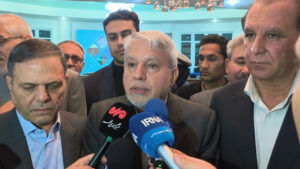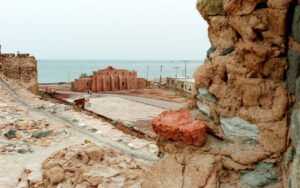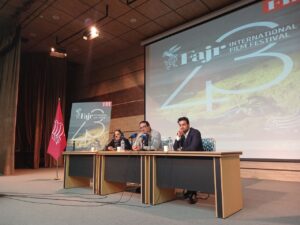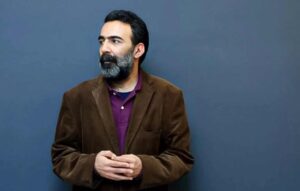Avash News: The National Museum of Iran has opened after a three-month closure due to the 12-day Israel-imposed war against Iran. The reopening allows the display of more than 330 historical relics.
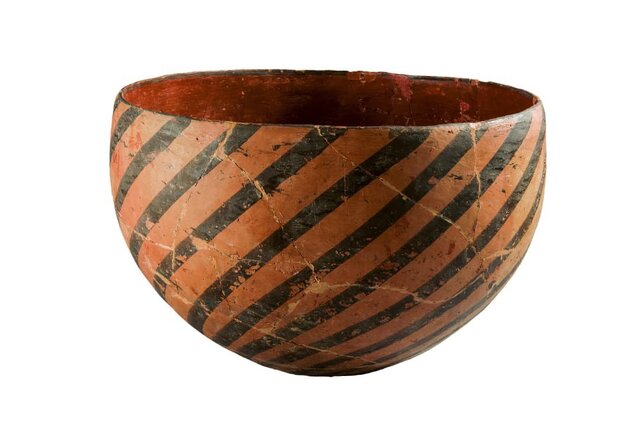
Some relics are on display for the first time. These include the bas-relief of the head of an Achaemenid soldier, the golden ring of power from the Elamite era, the golden Hasanlu cup, gold-embroidered clothes from the Safavid era, and a Neanderthal tooth.
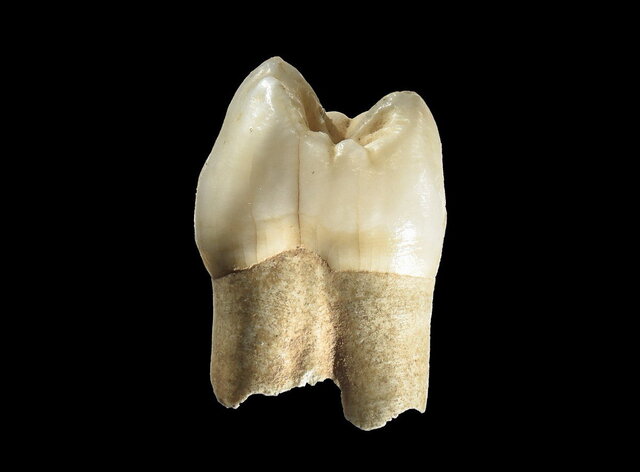
When the 12-day Israel-imposed war against Iran began, the museum’s objects were relocated to secure storage. After about three months, parts of the museum have opened to the public.
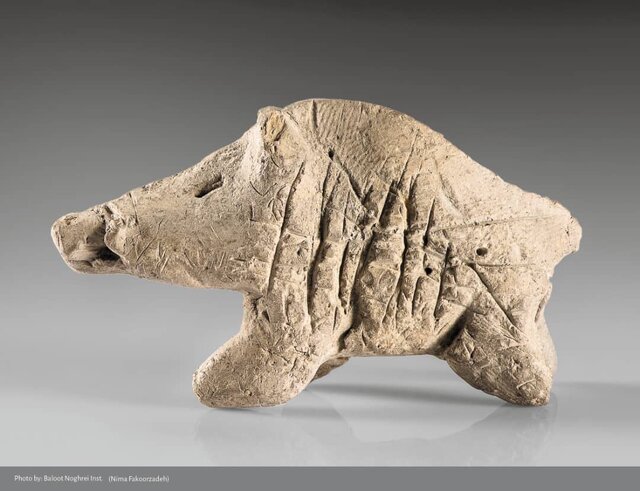
Fereydoun Biglari, the deputy head of Iran’s National Museum for Cultural Affairs, said that the museum has organized an exhibition showcasing lesser-known and landmark objects. He said the exhibition, titled “Narrating Ancient Iran,” showcases more than 330 objects across three galleries.
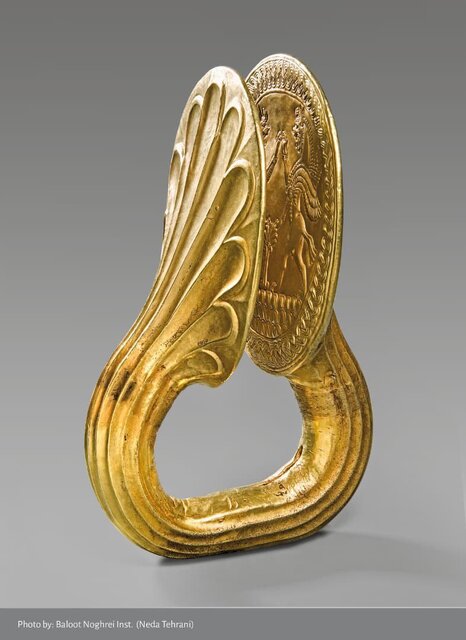
“The first gallery is dedicated to prehistory, with the oldest objects dating back to the Neolithic period. It also features relics from rural settlements, the Copper and Stone Ages, and the early Metal period,” Biglari said.
The second gallery displays relics from the early urbanization period, from around 3000 BC to the Sassanid era. The third gallery features relics from the Islamic era, including clothes dating back to the Safavid dynasty.
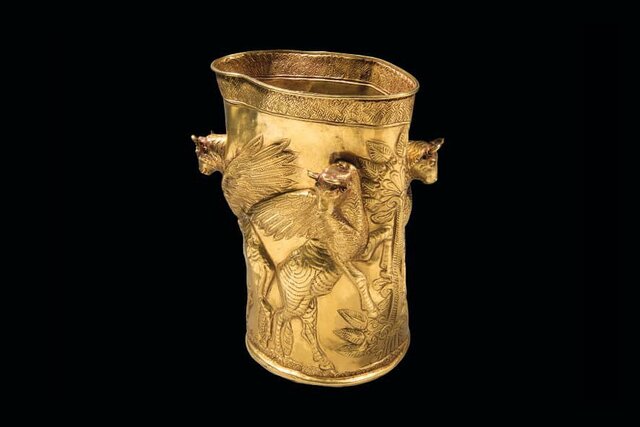
He said the remains of a Neanderthal child, aged between 6 and 9 years, including a tooth excavated from Vazmeh Cave in Kermanshah Province, are also on display. Biglari explained that the tooth is estimated to be between 40,000 and 70,000 years old.
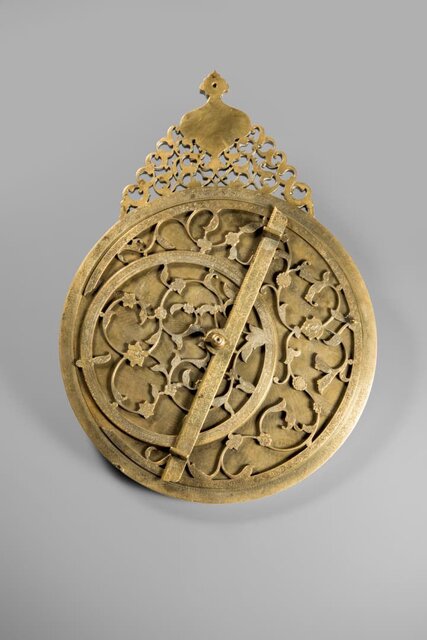
He said that the tooth attests to the existence of Neanderthals in Iran.
Biglari also said that the oldest musical instrument discovered in Iran is on display at the museum. “It is a flute made of bird bone, dating back 7,000–8,000 years,” he added.
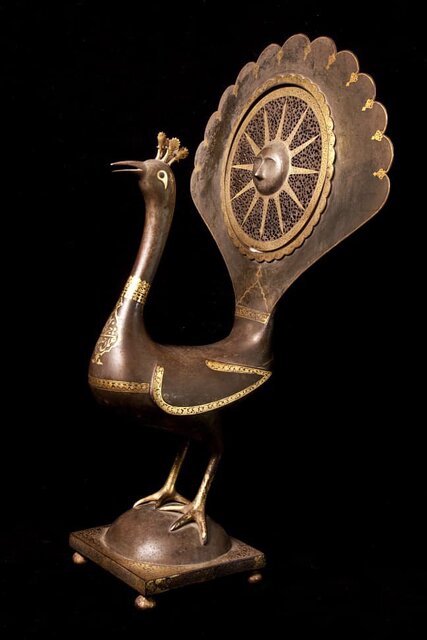
“Evidence of the earliest metalworks in Iran is also on display, attesting to the long history of metallurgy here. The technology began in the fourth millennium B.C. in Iran, placing the country among the first to develop this technology,” the official said.
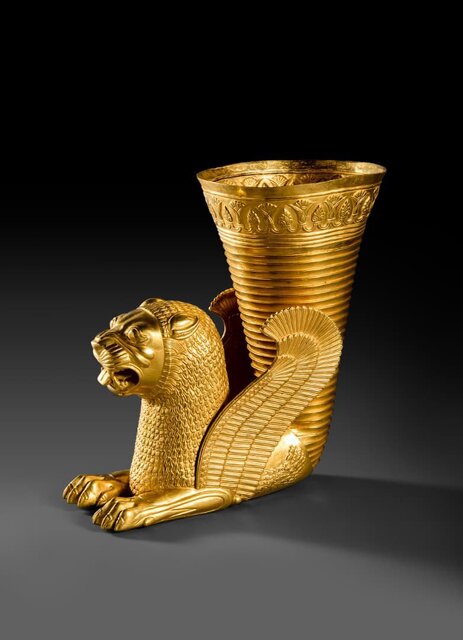
Works from the Elamite and Achaemenid eras are also on display at the museum. The exhibition will run until Nov. 21.

